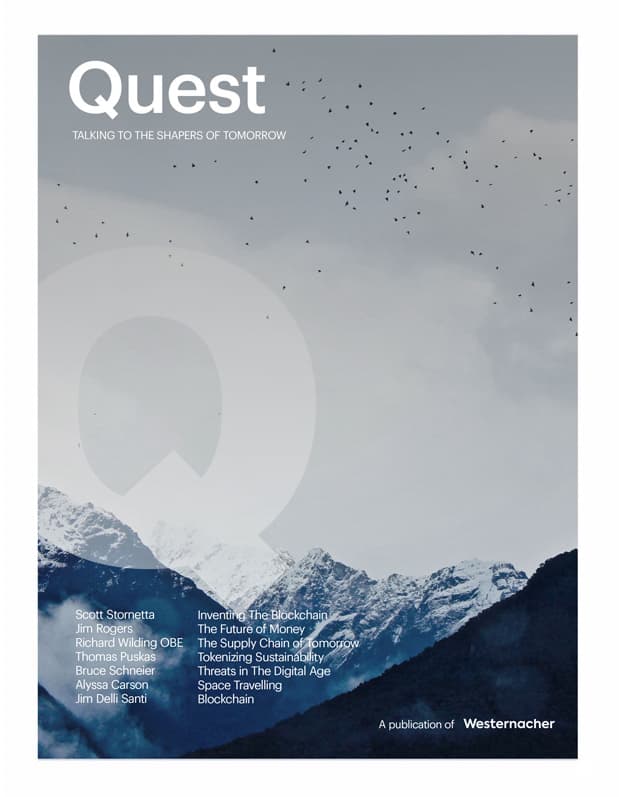The key questions
As the new SAP Yard Logistics solution gains more visibility, the following questions become more prominent
- What is the difference between the functionality available in EWM and that available in Yard Logistics?
- Which solution is more suitable for your business?
EWM’s approach to managing the Yard
SAP Yard Logistics: approach and salient features
Yard Logistics has a highly focused view on the yard and takes the Plan-Execute-Monitor approach. This provides the ability to add additional capability to completely cover the end-to-end processes in the yard. It enables us to first plan for yard activities based on the workload and then carry out the execution. To aid this, yard operations are handled using yard requests and yard orders. Yard requests identify the workload for the yard in a certain time frame. One can then plan which requests to prioritize and the sequence to execute them. These yard requests can then be converted into orders to define the workload that will be executed in a defined period of time. There is also an element of planning in Yard Management in EWM, where you can sequence the list of tasks. Yard Logistics provides more functionality, such as 3D visualization, creating templates for repetitive processes, planning in advance etc.
There is an overlap in the process functionality in the execution side and this vastly aids in integration between the two solutions. In Yard Logistics, the processes available in EWM Yard Management are either replicated or enhanced and more functionality is added. EWM Yard Management tasks like check-in, weighting, check-out etc. are available in Yard Logistics with similar features. Yard Logistics provides enhanced functionality in the case where you want to do self-check-in. Door assignment in EWM is a manual process but we can automate it in Yard Logistics. Functionality, like alerting on yard events and Westernacher add-ons, such as Gantt-chart Door Occupation are ‘cool to have’ features that greatly enhance visibility in the yard. Furthermore, there are open interfaces available in Yard Logistics, to support Internet of Things to closely monitor assets in the yard. This is just a subset of the full list of differences between Yard Logistics and EWM Yard Management and a full list will have to merit a separate article all by itself.
Probably the key difference between EWM Yard Management and SAP Yard Logistics is how multiple transportation units in a vehicle are handled. While both solutions can handle multiple TUs, YL offers additional functionality of defining the hierarchy of transportation units. So, we can have not only a truck, but a truck, a trailer and a container on top. Furthermore, we can handle the different transportation units independently of each other. This means that the driver can leave the container and trailer in the yard and drive out with the tractor. This is not possible in EWM and is a key element of the Yard Logistics solution.
How to decide between EWM Yard management & Yard Logistics?
If you have solutions from different software vendors to manage your transportation and warehouse management operations, then it should be noted that SAP YL provides flexibility to manage these different integration scenarios. Using EWM Yard Management to manage your Yard operations while having a different WMS solution will increase the complexity and therefore the IT costs. Plus, this scenario will probably be unheard of. The real question comes when you use SAP EWM to manage your warehouse and you are now wondering how to improve your yard management. The following questions will help make the decision between SAP YL and EWM YM.
The features explored in Yard Logistics may sound impressive but automating yard processes also needs the associated infrastructure. For example, if you want to track in real-time if a truck has moved from door to parking then you need to have the infrastructure/connectivity in place to be able to track the movement and update the system. This can be in the form of a parking sensor or an RF gun scan in the yard (in case of the latter, will the RF gun work outside of the warehouse?). Automation cannot be achieved by the Yard Logistics solution alone, one needs the infrastructure to go with it as well. IoT based solutions and mobile solutions can complement the Yard Logistics solution and one can move towards a truly automated yard. While this may apply for EWM Yard Management as well, it boils down to the previous question of how much control you actually need and if are prepared to make the necessary infrastructure investment to achieve that level of control and automation.
Share this article





